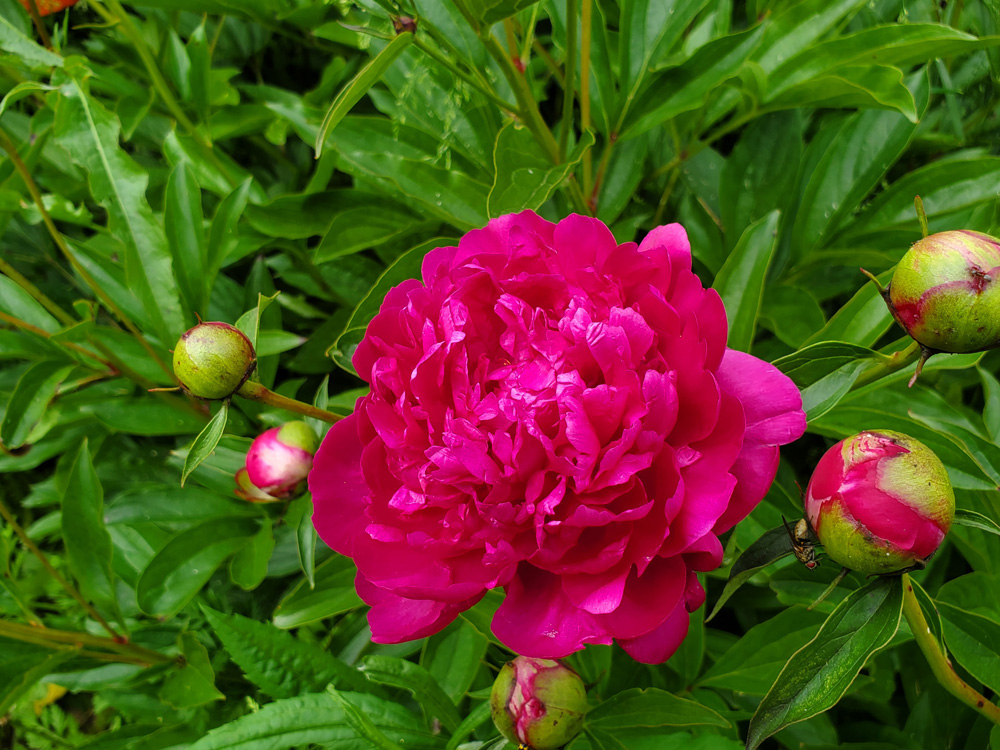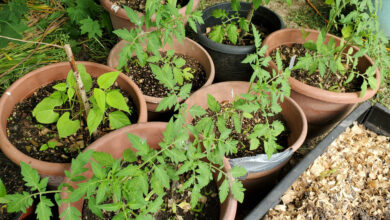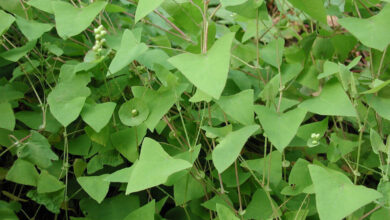Autumn peony care

With autumn here, lush, spring peonies blooms might be the furthest thing from your mind, but now is the time to take special care of your peonies to make sure they bloom their best next spring.
Peonies are versatile plants. Their blooms signal that summer is here, and they look great both in the garden and in the vase. The flowers fade by the end of June, but their foliage complements other flowers during the growing season and helps to hide dying spring bulb foliage. Peonies are very long-lived and can happily bloom for more than 50 years if left undisturbed.
If you have peonies in your garden, plan to weed around them and cut foliage back to ground level after the first hard freeze this fall. According to Iowa State University, removing the foliage can help control leaf blotch and other fungal diseases next year. If you find that you need to move your peonies, vigorous plants can be dug now and divided for propagation purposes.
Start by cutting off peony stems to ground level. Carefully dig around and under each plant, working to retain as much of the root system as possible. Iowa State University says to divide large peony clumps, gently shake the clump to remove loose soil from the root system. Use a sharp knife to divide the clump into sections, making sure each division has at least three to five buds (eyes) and a good root system. If your division has fewer than three eyes, it will take several years to produce a good flower display. Plant your divisions in a sunny spot with good drainage. Peonies need at least six hours of sun for the best bloom. Dig a hole that is large enough to accommodate the root system and position the peony so that the buds are one to two inches below the soil surface. If the buds are too deep, the plants may fail to bloom. Fill the hole with soil and firm around the plant as you backfill. Water thoroughly. Peonies should be spaced three to four feet apart. If you are planting potted peonies from the garden center, plant them at soil level. The buds will be at the correct soil depth in the pot.
In mid-November, mulch your newly planted peonies with a four- to six-inch layer of clean, weed-free straw or other organic material. This will prevent repeated freezing and thawing of the soil over the winter which could heave plants out of the ground. Remember to remove the mulch in the spring before growth begins, Iowa State University says.
In the spring, you can fertilize plants when the new shoots begin to emerge. Iowa State University recommends one-fourth cup of 10-10-10 fertilizer. Lightly cultivate it into the soil around the plants and avoid getting it within six inches of the crown as young shoots are very susceptible to fertilizer burn. Water the area well after fertilizer application to dissolve it and move nutrients into the soil.
Peonies can benefit from support, as the flower heads are heavy. Place metal hoops or rings over the plants in early spring. Single-flowered and Japanese varieties have lighter blooms and are less likely to flop.
Newly planted peonies may not bloom the first spring. Iowa State recommends removing any flower buds the first spring to promote root and foliar growth. Flower numbers should increase rapidly by the third and fourth years.






